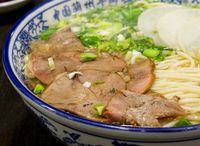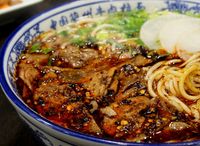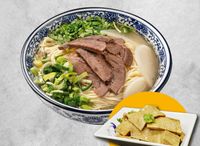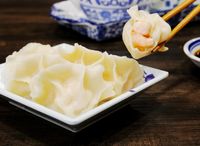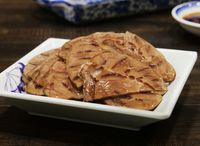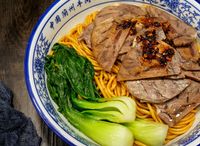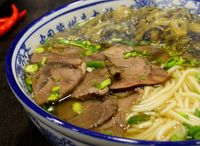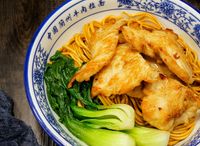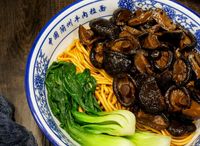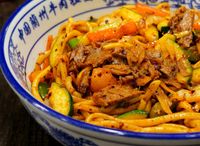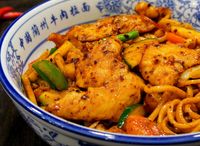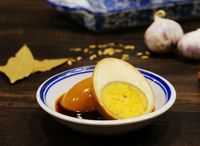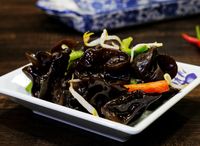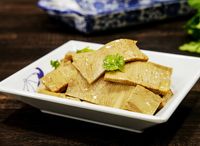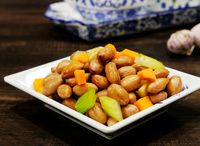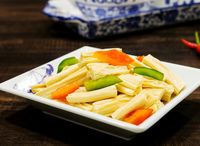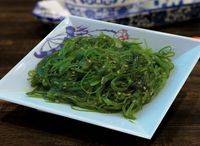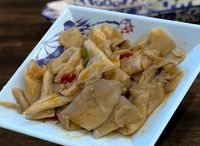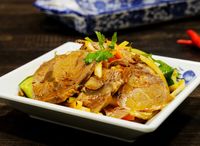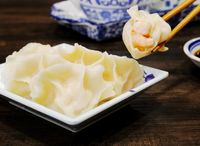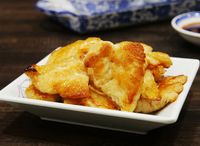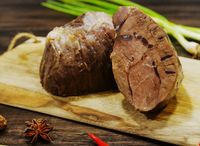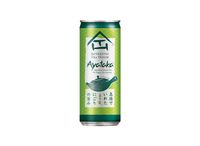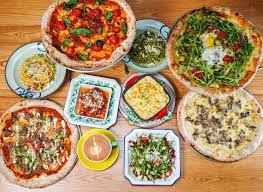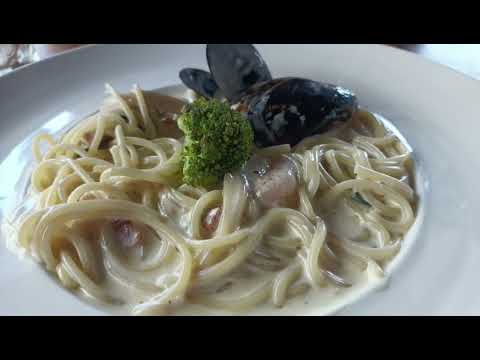Tongue Tip Lanzhou Beef Noodles 舌尖尖 Menu Prices Singapore 2024
Hello Tongue Tip Lanzhou Beef Noodles 舌尖尖 lovers, are you looking for the latest Tongue Tip Lanzhou Beef Noodles 舌尖尖 Menu? You have arrived at the right place then. We have uploaded their complete menu with pictures & updated prices. Below you will find the latest Lists of Tongue Tip Lanzhou Beef Noodles 舌尖尖 Menu 2024 Singapore with prices.

Tongue Tip Lanzhou Beef Noodles 舌尖尖 Menu Singapore With Prices List
Popular
Mains 主食
As I delve into the Tongue Tip Lanzhou Beef Noodles menu on their Singapore website, a world of delectable options awaits. Among their offerings, the Signature Beef Noodle, starting from S$ 13.93, stands out as a must-try. For a delightful twist, the Sauerkraut Beef Noodle and Mala Beef Noodle, both priced from S$ 15.01, promise a tantalizing blend of flavors that will leave your taste buds craving for more.If you prefer a dry noodle dish, the Dry Beef Noodle, Dry Chicken Noodle, Dry Mushroom Noodles, and Dry Plain Noodles, all starting from S$ 13.93, offer a rich and satisfying experience with each bite. The menu also boasts Stir-fried Beef Noodle and Stir-Fried Chicken Noodles, priced from S$ 19.33, presenting delightful options for those looking for a delectable stir-fried noodle dish.
Bundle Deals
Sides 小菜
At Tongue Tip Lanzhou Beef Noodles in Singapore, the appetizer selection offers a delightful array of flavors to start your meal. From the aromatic Braised Egg and Black Fungus, both priced at S$ 2.70, to the savory Dried Beancurd and Peanut dishes, each option promises a tantalizing treat for your taste buds.For a unique and refreshing choice, the Bean Curd Skin and Seasoned Seaweed at S$ 2.70 each present delightful combinations of textures and tastes. Spice up your meal with the Spicy Oyster Mushrooms and Fried Dried Radish, both priced at S$ 2.70, delivering a burst of flavorful goodness.
Extras 额外
Soft Beverage 饮料
At Tongue Tip Lanzhou Beef Noodles in Singapore, the beverage selection offers a refreshing array of choices to complement your meal. For classic options, enjoy the timeless flavors of Coke, Coke Zero, Green Tea, Lemon Tea, and Fanta Grape, all priced at S$ 2.16 each, providing familiar and delightful refreshment.For those seeking a non-carbonated option, the Mineral Water at S$ 2.16 ensures a simple and hydrating choice. Additionally, the Ayataka Green Tea at the same price offers a refreshing and traditional option for tea enthusiasts.
Is Lanzhou beef noodles Chinese?
Lanzhou Hand-Pulled Noodle, also known as Lanzhou Lamian, holds a prestigious position as one of the oldest beef noodle soups in Chinese culinary history. Originating from the Tang Dynasty, this iconic dish was created by the skilled Hui people of Northwest China. The distinguishing feature of Lanzhou Lamian is the art of hand-pulling the noodles, which requires immense expertise and precision. The rich and flavorful beef broth, combined with the tender hand-pulled noodles, creates a harmonious and satisfying bowl of comfort. Throughout the centuries, Lanzhou Hand-Pulled Noodle has remained a cherished and timeless delicacy, delighting food enthusiasts worldwide with its authentic taste and cultural significance.
Where are Lanzhou noodles from?
Lanzhou Ramen, with its hand-pulled noodles, is a lesser-known cousin to the more famous Japanese ramen in the eyes of Americans. However, its origins trace back to the Hui Muslims in China’s Gansu Province, where the preparation of these noodles has remained largely unchanged over the years. The skillful art of hand-pulling the noodles is a traditional practice that continues to be passed down through generations, preserving the authentic flavors and textures of this beloved dish. While Japanese ramen has garnered international fame, Lanzhou Ramen’s unique and authentic taste offers a delightful culinary experience, showcasing the rich cultural heritage of Gansu Province and its connection to Hui Muslim traditions.
What is Lanzhou hand-pulled noodles?
A bowl of hot, spicy delight awaits you in the form of a deceptively simple soup known as Lanzhou Ramen. This flavorful dish features a rich broth, your choice of tender meat, Chinese radish slices, and plenty of fresh cilantro and scallions. The star of the show is the chewy handmade noodles that soak up the delicious flavors of the broth. To add an extra kick, you can opt for a drizzle of deep red chili oil. With its perfect blend of spices and textures, Lanzhou Ramen is a truly satisfying culinary experience that will leave you craving for more.
What is Lanzhou famous food?
Lanzhou Beef Noodles, also known as Stretched Noodles, hold a special place in Chinese culinary history. Originating during the Qing Dynasty, specifically during the reign of Emperor Guangxu, this dish has become an iconic local favorite and is now enjoyed throughout China. The key elements of Lanzhou Beef Noodles are its clear soup, complemented by the flavors of white radish, red pepper, green caraway, and yellow noodles. The combination of these five distinctive components creates a harmonious and satisfying dish that has stood the test of time and continues to delight food enthusiasts across the nation.
What is the difference between Lanzhou noodles and ramen?
Indeed, the seasoning of Lanzhou Ramen and Japanese Ramen differs significantly, leading to distinct flavor profiles. Lanzhou Ramen’s seasoning mainly involves using salt or a blend of salt and other spices. In contrast, Japanese Ramen offers a broader array of flavoring agents, such as salt, soy sauce, and miso. This diversity allows for the creation of more complex and varied taste combinations. Japanese Ramen’s versatility in seasoning options has contributed to its popularity and the ability to cater to different palates, while Lanzhou Ramen’s simplicity and focus on specific seasonings preserve its traditional and authentic appeal.

Author: Christopher Tan
Hi there! I’m Christopher Tan, an award-winning writer, cooking instructor, and photographer. My passion lies in combining my love for words, images, and of course, food to create meaningful experiences. I have been honored to have my work published in numerous esteemed publications, including the Sunday Times and Straits Times in Singapore, Saveur magazine in America, and The Peak magazine.
I have expressed my love for food through the written word by authoring and co-authoring multiple cookbooks, including Chinese Heritage Cooking, Ask The Foodie and NerdBaker. I am thrilled to inspire others to create their own meaningful experiences through food, through my writing and teachings. I write restaurant menus and review on eatzeely.com
